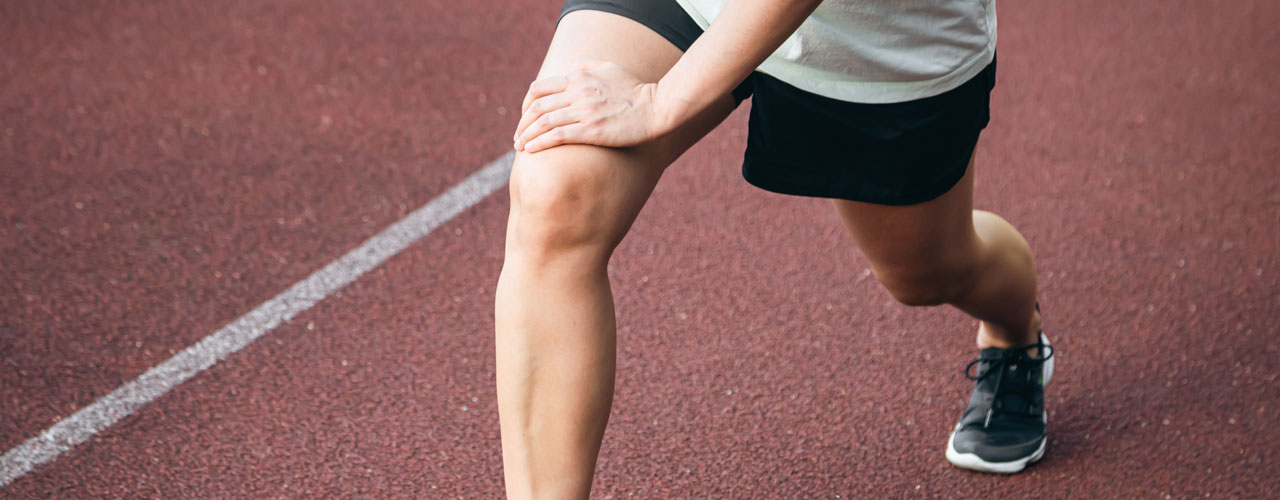If you’re a runner who often experiences knee pain, you might have Patellofemoral Pain Syndrome (PFPS), or runner’s knee. The condition causes pain in and around the kneecap (patella) where it connects with the lower end of the thigh bone. Understanding the causes, symptoms, and treatments for PFPS will allow you to maintain your knee health and continue running comfortably.
Table Of Content
What Causes Runner’s Knee (PFPS)?
The exact aetiology of PFPS is usually multifactorial, and there are several factors involved. However, excessive overload and patellar alignment or orientation issues are the predominant aetiologies of PFPS.
Overuse
Overuse occurs when the knee is exposed to a load beyond its capacity. This can be manifested in several ways, which include:
- A sudden increase in the frequency or intensity of training.
- Exposure to a new activity or sport.
- Shoe or playing surface alterations (e.g., from turf to concrete).
- Improper sports training methods or equipment.
Patellar Malalignment
The kneecap (patella) moves along the trochlear groove during bending and straightening of the knee. If the kneecap is not in proper alignment with this groove, it can result in uneven loading, which can lead to pain and discomfort, especially with squatting.
Other Contributing Factors
-
Muscular Imbalances or Weaknesses – Weakness or tightness of the quadriceps, hip abductor, or adductor can result in force imbalances acting on the patella.
-
Biomechanical problems – Problems with the alignment of the hip and ankle, i.e., genu varum (bow-legged) or genu valgus (knock-knees), can result in abnormal pressure on the patellofemoral joint.
Common Symptoms of Runner’s Knee
The following are key signs that you have PFPS:
- Pain around or behind the kneecap with activity.
- Pain after prolonged periods of sitting with bent knees, which produces weakness or instability.
- Grinding, clicking, or rubbing when bending or straightening your knee.
- Tenderness around the kneecap.
How is Runner’s Knee Diagnosed?
A healthcare professional, for instance a physiotherapist, will assess your knee pain by:
- A physical examination to determine tenderness, alignment, and movement.
- Tests for strength and flexibility to identify muscle imbalances.
- Imaging tests like X-rays or MRIs (if required) to rule out other conditions.
How is Runner’s Knee Managed?
If you’re suspecting a runner’s knee, the first management is to reduce activities that aggravate your symptoms and allow your knee time to heal. A consultation with a physiotherapist can also enlighten you more on your condition and establish effective rehabilitation strategies.
1. Exercise Therapy
- Strengthening exercises for the quadriceps, glutes, and hip muscles.
- Stretching of tight muscles that cause knee strain.
2. Manual Therapy
- Manual techniques to optimize knee mobility and reduce pain.
- Soft tissue release to remove tension around the kneecap.
What Can You Do to Prevent Runner’s Knee?
Preventative measures can prevent you from getting runner’s knee and enable you to continue running in comfort:
- Build Strength – Strengthen the muscles around your knees and hips to support proper movement.
- Move Safely – Ensure proper running form to reduce impact on your knees.
- Warm Up & Cool Down – Always prepare your muscles before running and stretch afterward.
- Stretch Regularly – Keep your lower body flexible to avoid imbalances.
- Increase Intensity Gradually – Avoid sudden spikes in distance or intensity.
- Know Your Limits – Listen to your body and adjust your activity levels accordingly.
Next Steps: Getting the Best Out of Your Recovery
If knee pain persists, schedule an appointment with a physiotherapist for proper assessment and a personalized treatment program. During the clinic, it could be helpful to:
- Write down symptoms and questions.
- Ask about types of treatment and rehabilitation times.
- Understand the rationale for the recommendation of specific exercises or treatments.
- Follow up on your progress and adjust your plan as needed.

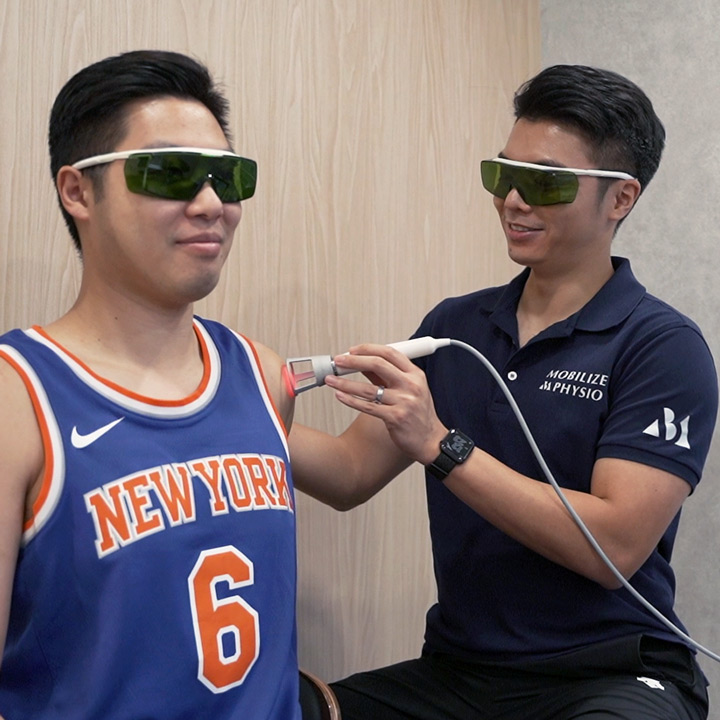
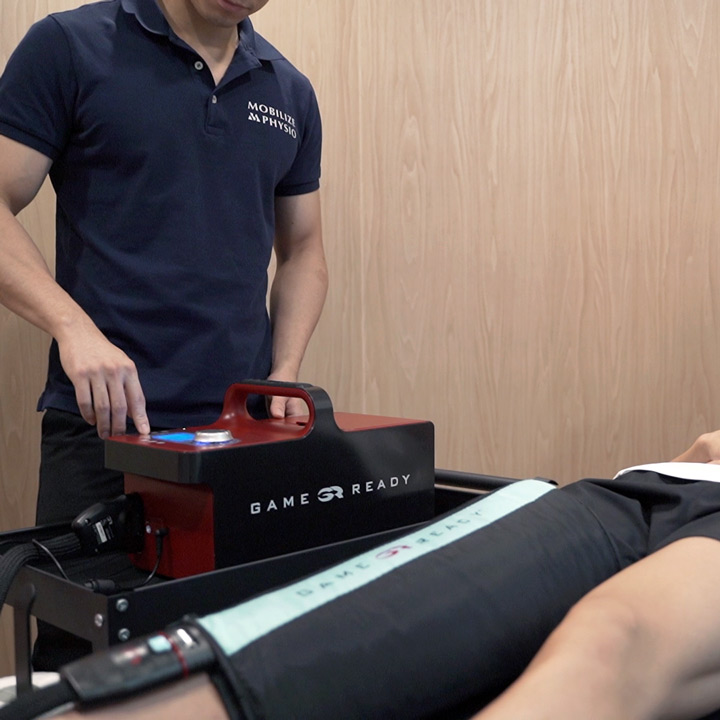
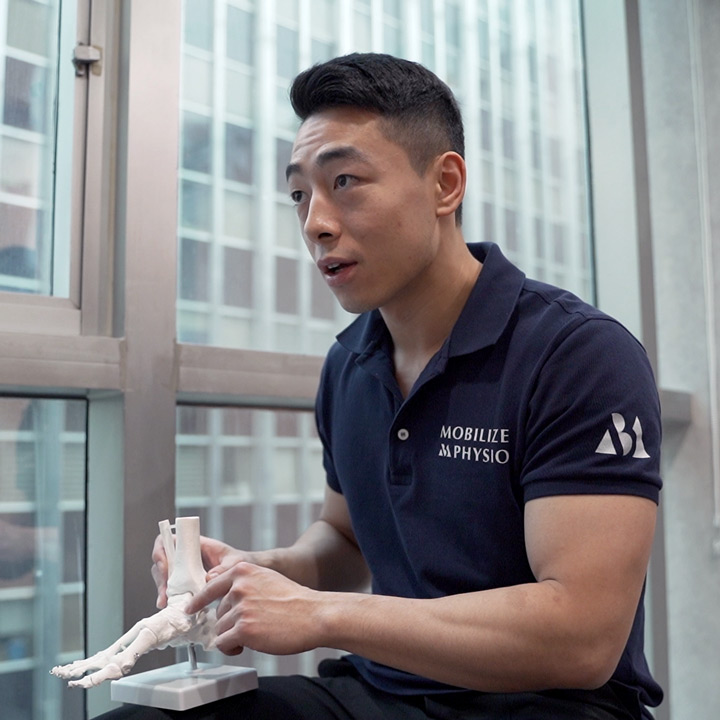
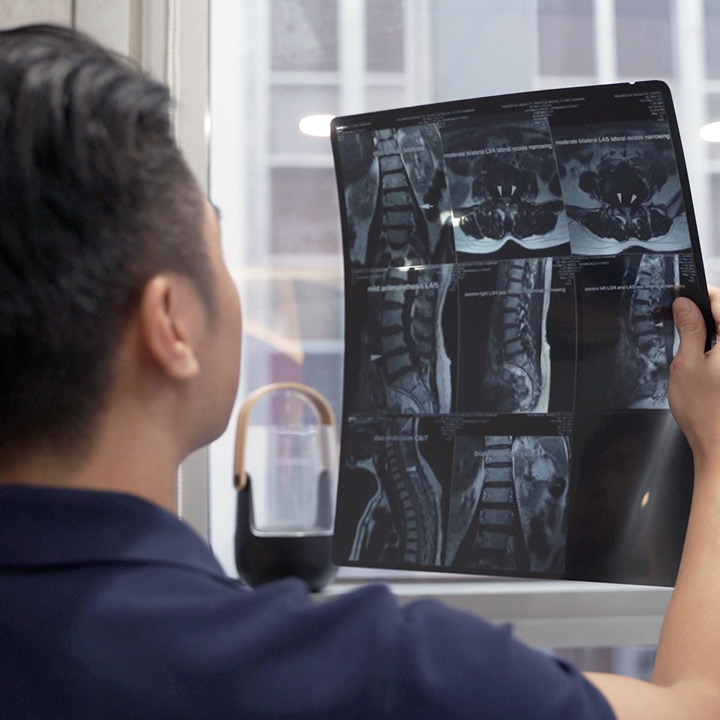
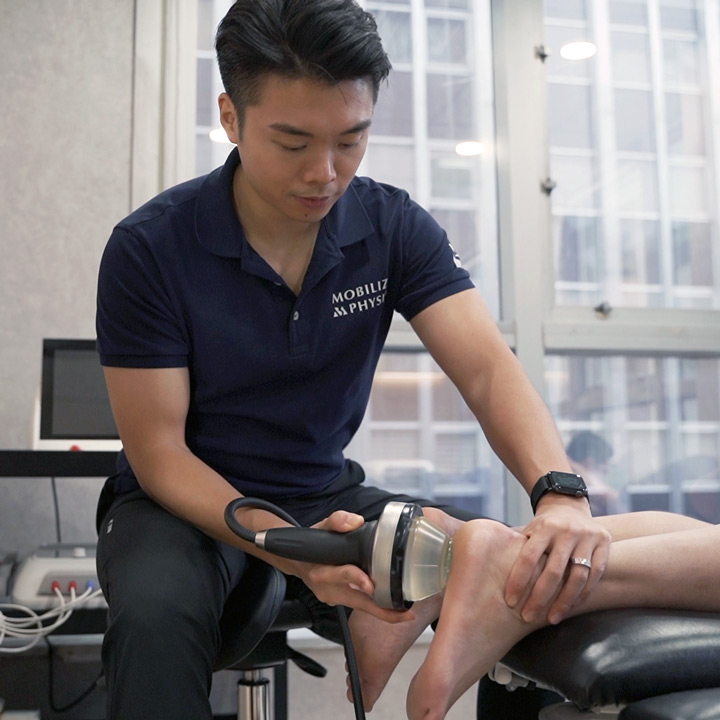
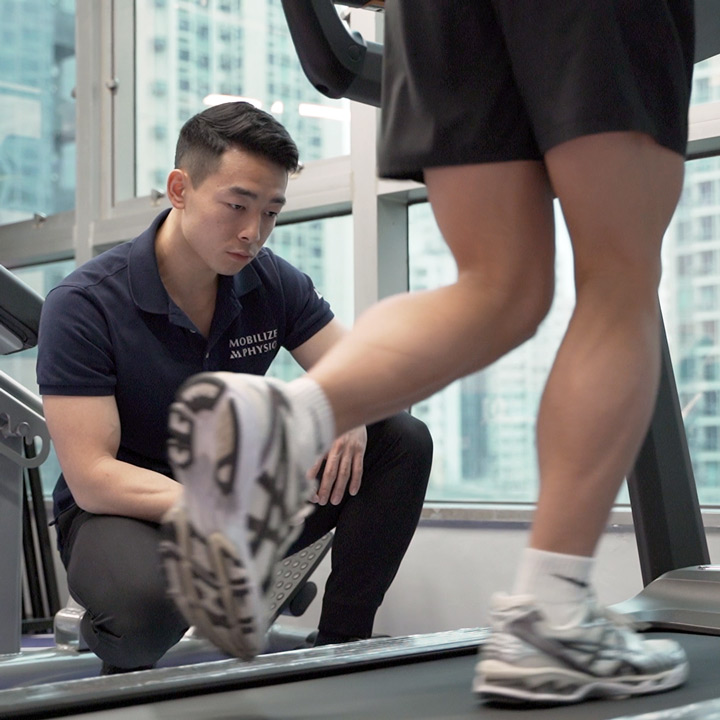
Physiotherapy Service
Knee pain doesn’t have to slow you down from the joy of running. Understanding the causes of runner’s knee, getting early symptoms, and taking preventative steps, you can lead an active life while minimizing pain. If you’re unsure of the best way to manage your symptoms, a physiotherapist can provide professional guidance to keep you moving.
Mobilize Physio is a physiotherapy center located in Hong Kong. Our team of professional physiotherapists provides high-quality, evidence-based pain treatment. Our services include sports injury treatment, pain management, post-surgery rehabilitation, and posture and body alignment correction.
Every patient is unique, and we believe that every treatment plan should be customized accordingly. Therefore, we focus on one-on-one service to ensure that each patient receives personalized attention and specialized care. Contact us today to learn more about our physiotherapy services.
Latest Blog Posts
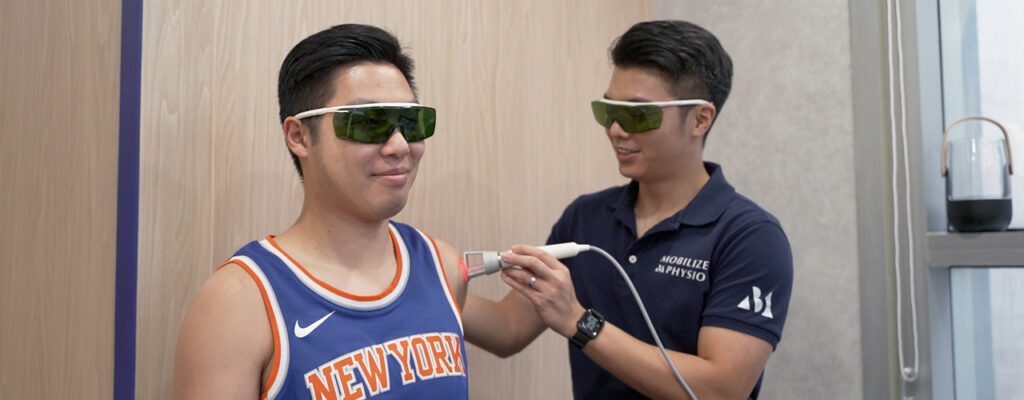
Why Pre and Post-Operative Physiotherapy is Essential for Recovery?

Tips to Reduce Hip Joint Pain and Stiffness
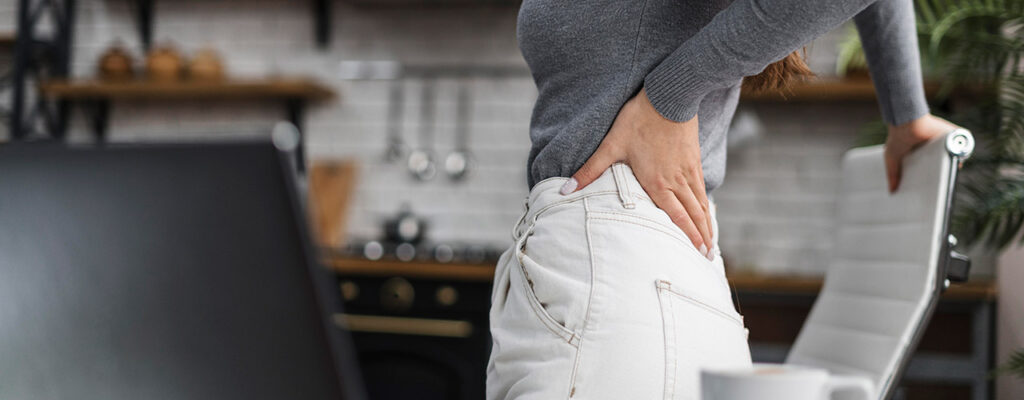
Pain in the Butt: Why It’s Probably Not Piriformis Syndrome
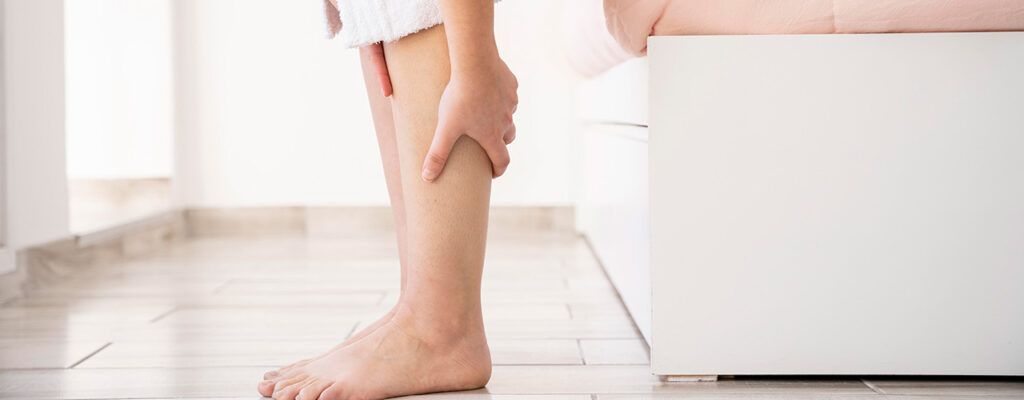
Standing All Day at Work? 7 Tips to Reduce Your Risk of Varicose Veins

Mobility Enhancement for Older Adults: The Key to Healthy Aging
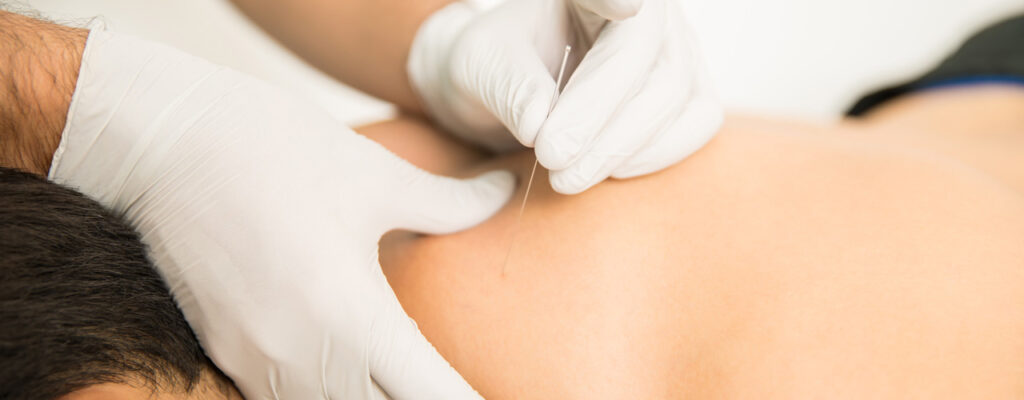
Traditional Acupuncture vs. Dry Needling: What’s the Difference?

